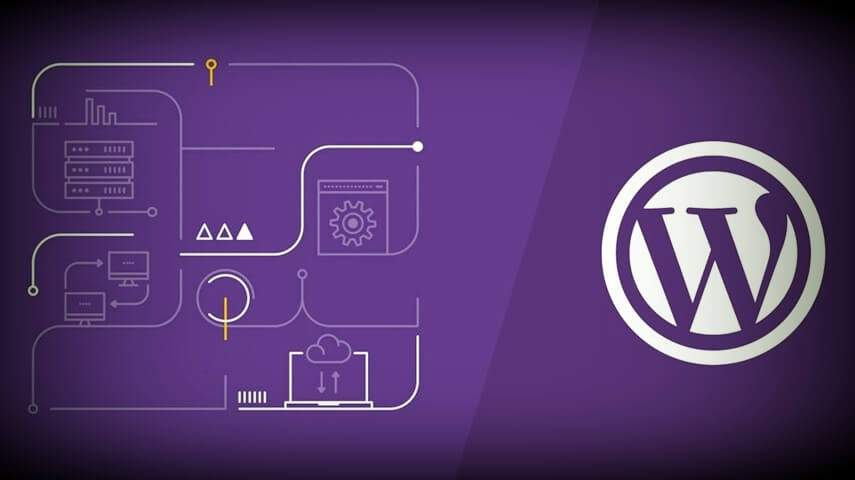A engaging site design is more than simply an aesthetically beautiful interface in the digital age, when first impressions are frequently formed online. It is a potent instrument for strengthening corporate identification and fostering client loyalty.
Businesses must grasp the nuances of web design in order to make a lasting impression as they navigate the competitive landscape. We will examine how wise web design decisions may strengthen brand identification and encourage steadfast client loyalty in this extensive guide.
The Role of Web Design in Brand Identity
Your website is often the first touchpoint for potential customers. It’s a virtual storefront that should reflect the essence of your brand. From color schemes and typography to imagery and layout, every element plays a pivotal role in communicating your brand identity.
Understanding Brand Identity
Before delving into web design specifics, it’s essential to have a clear understanding of your brand identity. What values does your brand represent? Who is your target audience? What emotions do you want to evoke? Answers to these questions lay the foundation for a cohesive and resonant brand identity that can be translated into your web design.
Consistency Across Platforms
Consistency is key in branding. Your website should seamlessly align with other touchpoints such as social media, marketing materials, and physical spaces. Maintain a unified color palette, typography, and imagery to reinforce a cohesive brand presence across all platforms.
Strategic Use of Visual Elements
Visual elements are potent communicators. The choice of imagery, graphics, and videos on your website should not only be aesthetically pleasing but also align with your brand values. High-quality, relevant visuals can evoke emotions and create a memorable impression.
Typography and Readability
The fonts you choose contribute significantly to the readability and overall feel of your website. Select fonts that align with your brand personality – whether it’s modern and minimalistic or traditional and sophisticated. Consistency in typography helps in creating a seamless user experience.
Color Psychology in Web Design
Colors evoke specific emotions and associations. Leverage color psychology in your web design to evoke the desired feelings associated with your brand. Ensure that your chosen color palette complements your logo and other branding materials.
User-Friendly Navigation
A well-designed website is user-friendly. Smooth navigation not only enhances the user experience but also reflects positively on your brand. Intuitive menus, clear calls-to-action, and easy-to-find information contribute to a positive user journey.
Mobile Responsiveness
In an era dominated by mobile users, ensuring that your website is responsive on various devices is paramount. A seamless transition from desktop to mobile enhances accessibility, user satisfaction, and ultimately, brand loyalty.
Storytelling through Web Design
Your website is a storytelling platform. Use web design to narrate your brand story visually. Incorporate elements that showcase the journey of your brand, highlight milestones, and convey a sense of authenticity.
Personalization for Enhanced User Experience
Personalization is a trend that extends beyond just content. Tailor the user experience based on preferences and behaviors. From personalized recommendations to custom landing pages, creating a website that adapts to individual users strengthens the bond between the brand and the customer.
Social Proof and Testimonials
Incorporating social proof, such as customer testimonials and reviews, into your web design adds credibility and builds trust. Showcase positive experiences to reassure potential customers and reinforce your brand’s reputation.
Integration of Brand Values
Clearly communicate your brand values through your web design. Whether it’s through mission statements, environmental initiatives, or community involvement, aligning your website with your brand values fosters a deeper connection with like-minded customers.
Measuring Success with Analytics
Utilize web analytics to track user behavior on your site. Understand which pages are most visited, where users drop off, and how they interact with your content. This data provides valuable insights into the effectiveness of your web design and allows for continuous improvement.
Adaptability and Evolution
The digital landscape is dynamic, and consumer preferences evolve. Regularly reassess your web design to stay current with design trends, technological advancements, and changes in your industry. An adaptable website reflects a brand that is forward-thinking and invested in providing the best possible user experience.
Conclusion
In a world where online presence is synonymous with brand existence, leveraging web design to reinforce brand identity is not just a strategic choice – it’s a necessity. A well-crafted website goes beyond aesthetics; it serves as a dynamic tool for storytelling, creating emotional connections, and ultimately cultivating customer loyalty.
By understanding the nuances of brand identity and integrating them seamlessly into your web design, you can create a digital space that resonates with your audience, fosters trust, and builds a community of loyal customers.
Embrace the power of web design as a cornerstone of your brand strategy, and watch as your digital presence becomes a true reflection of the values and personality that set your brand apart in the vast online landscape.




